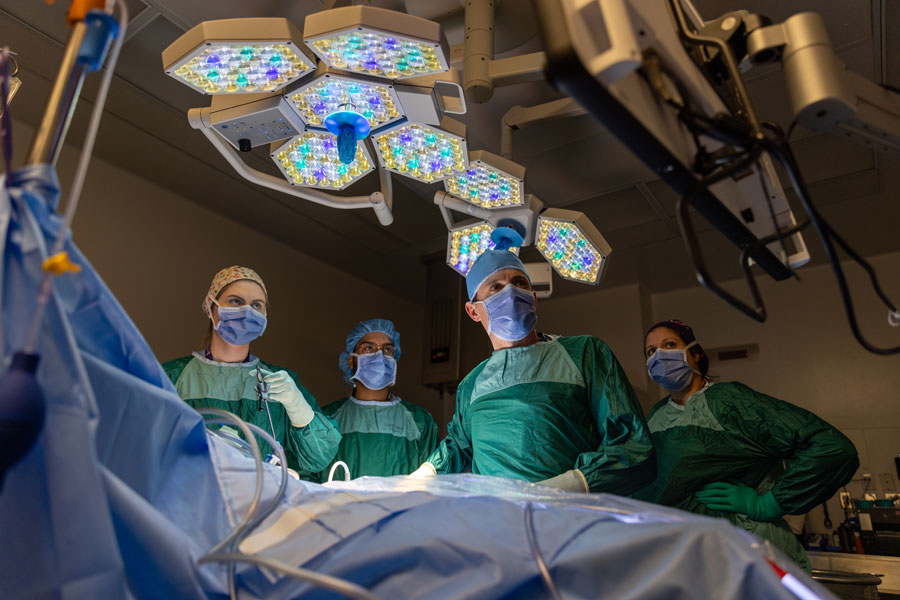Unity Health Toronto has launched over 50 artificial intelligence (AI) and analytics tools to make better decisions, increase hospital efficiency and improve patient care.
One such project is an Early Warning System aimed at reducing in-hospital mortality for General Internal Medicine inpatients. The AI tool was developed to predict and prevent unexpected deterioration in hospitalized patients, a major cause of unplanned ICU admissions. At the outset of this project, roughly 8% of these patients either passed away or were admitted to the ICU.
By providing a prediction score, the Early Warning System sought to improve care quality and inform clinical interventions, thereby decreasing mortality rates.
Improvements to quality of care included:
- Earlier notification to ICU team before transfer to ICU
- Shorter ICU length of stay
- Better allocation of nurses to patients, based on illness severity
- Better communication with patients and families about prognosis and goals of care
- Earlier involvement of palliative care team for patients with expected death



